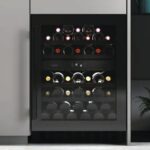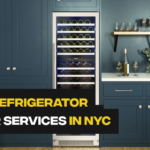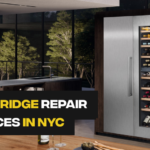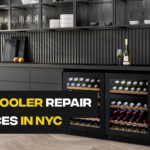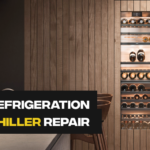Avintage Wine Cooler Interior Temperature Fluctuates Excessively
Post Date: July 8, 2024
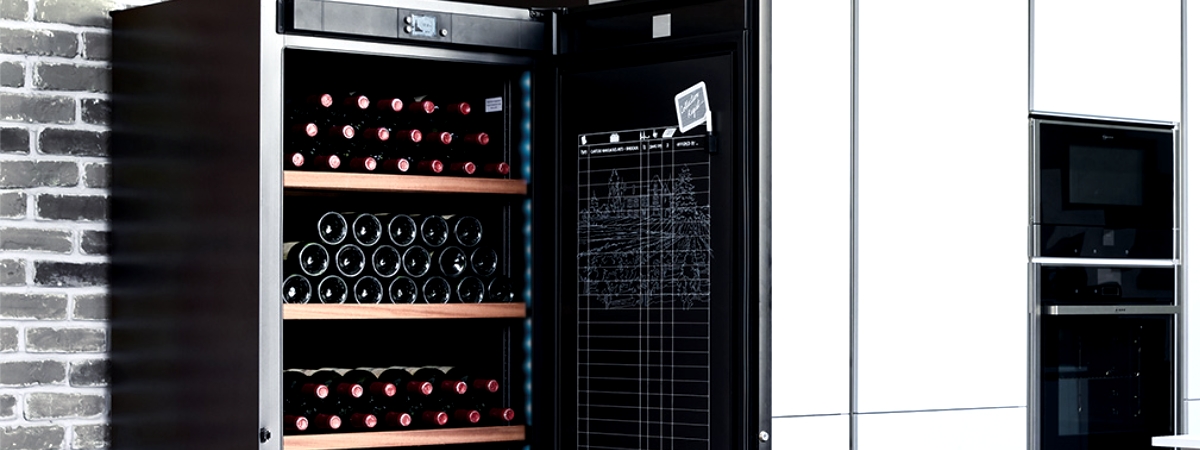
Avintage Wine Coolers are known for their precise temperature control, ensuring optimal conditions for storing your prized wine collection. However, even the most sophisticated appliances can experience issues, sometimes manifested as excessive temperature fluctuations within the cooler’s interior.
Excessive temperature fluctuations inside your Avintage Wine Cooler can significantly impact the quality and longevity of your wine. Wine is sensitive to temperature changes, and prolonged exposure to extreme temperatures can lead to premature aging, altered flavors, and even spoilage.
Causes of Excessive Temperature Fluctuations
Several factors can contribute to excessive temperature fluctuations in your Avintage Wine Cooler:
-
Faulty Thermostat: The thermostat is responsible for regulating the cooling and heating cycles within the cooler. A malfunctioning thermostat can cause inaccurate temperature readings, leading to erratic temperature fluctuations.
-
Door Seal Issues: A compromised door seal can allow warm air to enter the cooler, disrupting the internal temperature balance. This can be caused by a damaged or worn-out door gasket, improper door alignment, or excessive door openings.
-
Defective Cooling System: A malfunctioning compressor, fan, or evaporator coils can hinder the cooler’s ability to maintain consistent temperatures. These components play crucial roles in the cooling process, and any issues can lead to temperature fluctuations.
-
Environmental Factors: Extreme ambient temperatures, direct sunlight, or ventilation issues can also affect the cooler’s ability to maintain stable temperatures.
DIY Solutions for Excessive Temperature Fluctuations
Before seeking professional assistance, you can attempt the following DIY troubleshooting steps to address excessive temperature fluctuations:
Step 1: Check the Thermostat
-
Locate the Thermostat: The thermostat is typically located inside the cooler, often near the control panel. Refer to your user manual for the exact location.
-
Clean the Thermostat: Over time, dust or debris can accumulate on the thermostat, affecting its accuracy. Gently clean the thermostat with a soft cloth or cotton swab.
-
Test the Thermostat (Optional): If you have a multimeter, you can test the thermostat’s continuity. Compare the readings with the specifications provided in the user manual. If the readings are out of range, the thermostat may need replacement.
Step 2: Inspect the Door Seal
-
Examine the Door Gasket: Check the door gasket for any signs of damage, wear, or tears. If the gasket appears worn or cracked, it may need replacement.
-
Ensure Proper Door Alignment: Check if the cooler door is properly aligned and closes tightly. If the door seems misaligned, adjust the hinges or door strike as needed.
-
Minimize Door Openings: Avoid frequent or prolonged door openings, as this can significantly impact the interior temperature.
Step 3: Assess the Cooling System
-
Listen for Abnormal Noises: While the cooler is running, listen for any unusual noises, such as grinding, rattling, or excessive fan noise. These sounds could indicate a problem with the compressor, fan, or other cooling components.
-
Check for Visible Issues: Inspect the visible components of the cooling system, such as the evaporator coils, for signs of damage, corrosion, or frost buildup.
Step 4: Address Environmental Factors
-
Avoid Extreme Temperatures: Place the cooler in a location away from direct sunlight, heat sources, or drafts. Maintain a stable ambient temperature within the recommended range for your cooler model.
-
Ensure Proper Ventilation: Ensure adequate ventilation around the cooler to allow for proper heat dissipation. Avoid placing the cooler in tight spaces or enclosing it with cabinets.
Preventive Measures to Avoid Temperature Fluctuations
To minimize the risk of excessive temperature fluctuations in the future, consider these preventive measures:
-
Regular Maintenance: Schedule regular maintenance with a qualified technician to inspect the thermostat, door seal, cooling system, and overall condition of your cooler.
-
Proper Temperature Settings: Set the desired temperature within the recommended range for your wine collection. Avoid setting the temperature too low or too high.
-
Monitor Temperature: Regularly monitor the interior temperature using a wine thermometer to ensure it remains consistent.
-
Prompt Repair: If you notice any signs of temperature fluctuations or suspect a problem with the cooler, address it promptly to prevent further damage or wine spoilage.
If you’ve followed the DIY troubleshooting steps and preventive measures but still experience excessive temperature fluctuations, it’s advisable to seek professional assistance. A qualified Avintage Wine Cooler technician can thoroughly diagnose the issue, identify the root cause, and perform the necessary repairs to restore your cooler to optimal performance.



